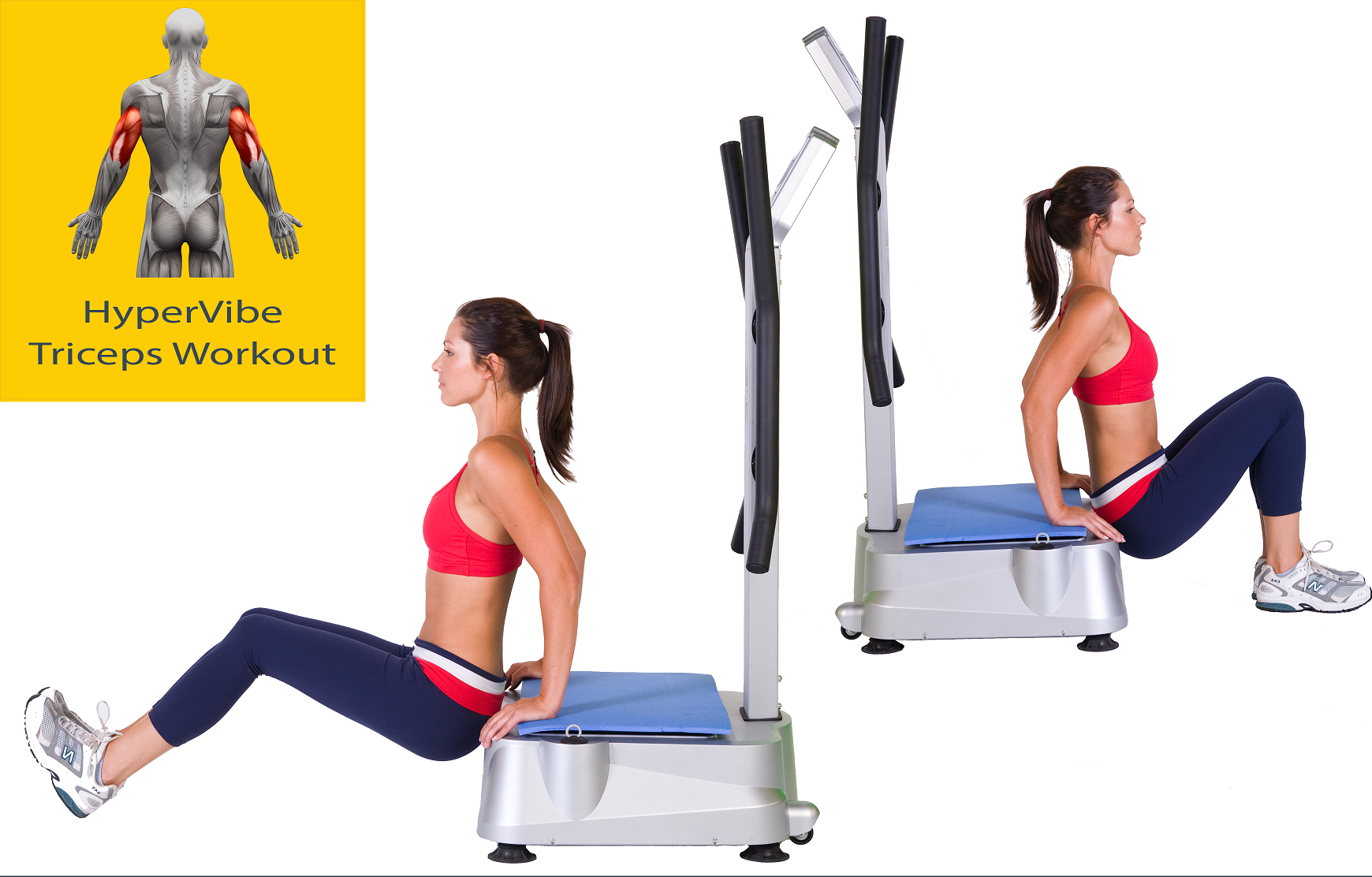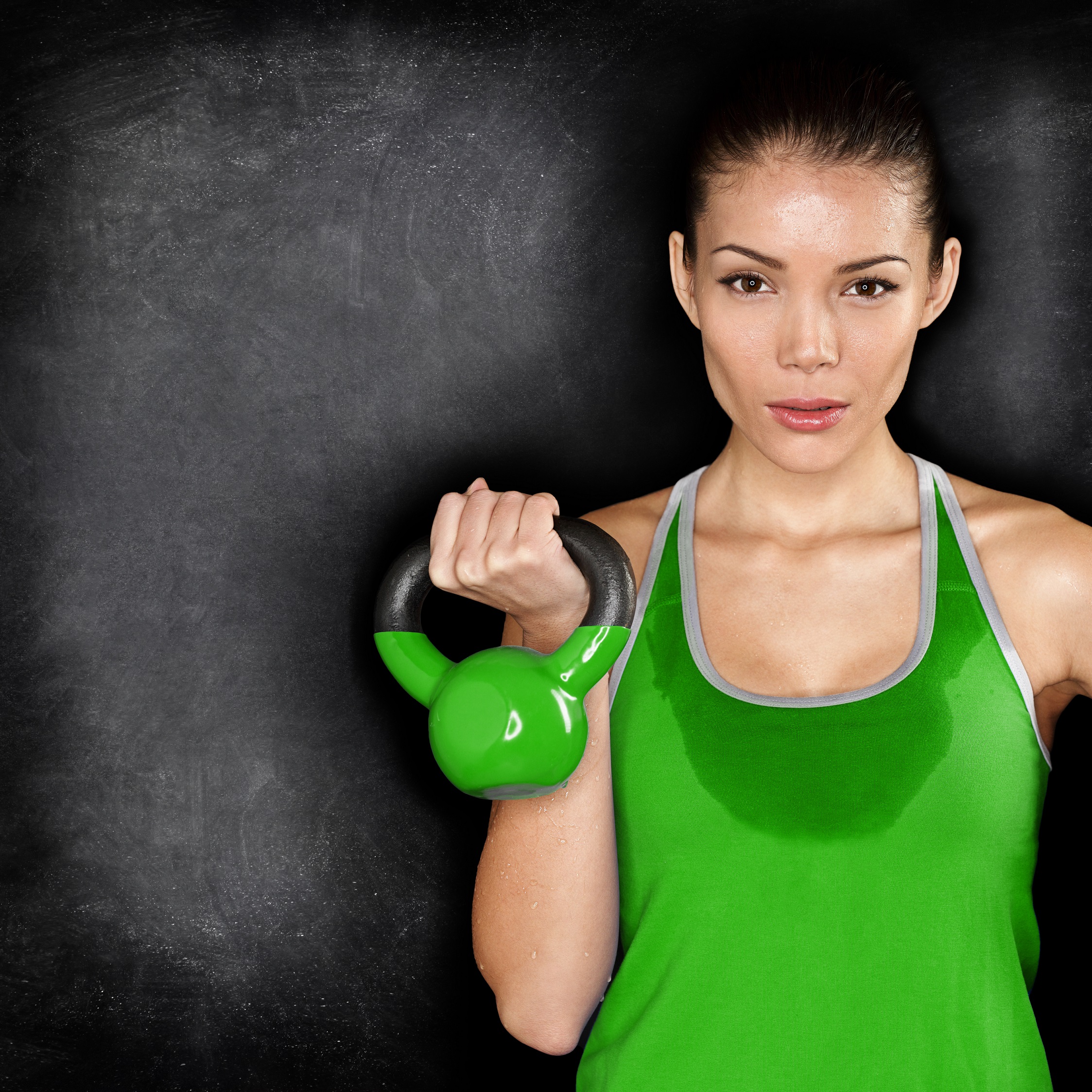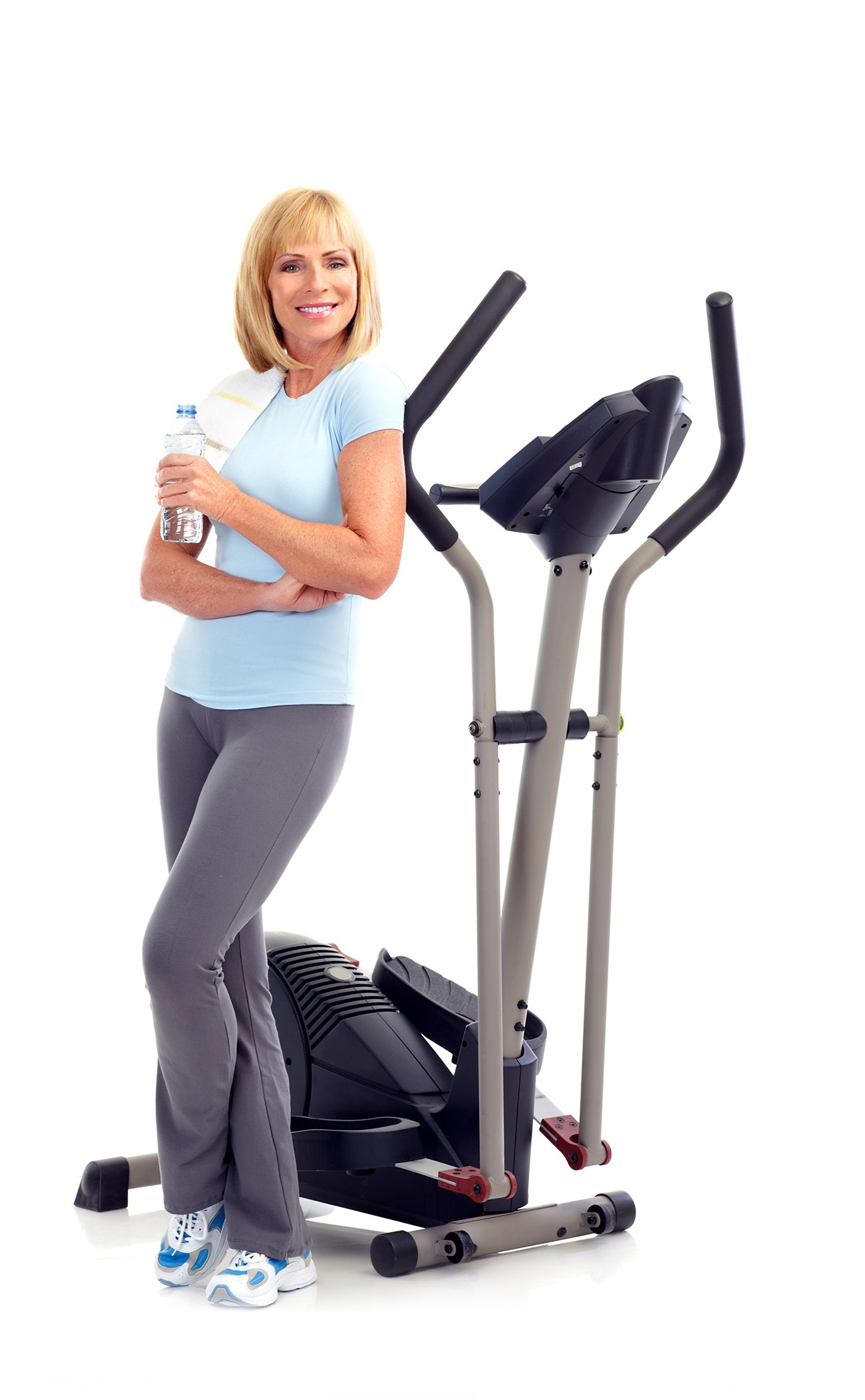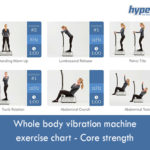
If you’ve never heard of Whole Body Vibration before and never used a WBV machine until now, you may feel a little confused at the beginning and not know how to label this machine: is it a cardio platform? A device for strength workouts? A replacement for treadmills and cross trainers?
Whole body vibration platforms can be a potential replacement for classical fitness machines, as they are able to increase the muscle strength, tone and flexibility, enhancing the effects of cardio exercises as well. These machines send energy waves through the body, causing more or less intense muscle contractions, depending on the used frequency.
While regular cardio routines performed with or without gym equipment don’t provide much benefit in terms of muscle strength, WBV machines work on a different principle and are able to stimulate muscles in a similar way to strength and weight bearing exercises. So although the WBV platforms look like pieces of cardio equipment, they do mostly the job of strength workout stations.

Now let’s assume you’ve never stepped on a WBV platform before; you might be doubtful about the actual power or effects of a whole body vibration machine, so let’s take a look at what scientists have to say about these platforms and see who wins the battle.
We’ll start with a study conducted in Belgium and published back in 2004 in the International Journal of Sports Medicine. The purpose of this research was to observe the effects of 24 weeks of WBV training on both muscle strength and body composition, in untrained women. Results obtained with whole-body vibration therapy were compared with those achieved through fitness training, 48 women with ages between 19 and 24 years being involved in this research.
The fitness group (G1) followed a standard cardio and resistance training program, with static and dynamic exercises, their schedule including 3 workouts per week. The WBV group (G2) performed unloaded static and dynamic exercises, also 3 times a week. A third group (G3) didn’t participate in any training, this being the control group.

Completely untrained women benefited from whole body vibration training, three times a week, for 6 months, and managed to put on lean mass and to strengthen their muscles without doing any lifting exercise and without changing anything in their diet. This study concluded that the gain in strength after 6 months of WBV training is comparable to the gain following a standard fitness program.
Now, you may be tempted to think the results were somehow influenced by the age of those women. So we’ll review another very interesting study published in October last year, in the European Menopause Journal. This study was aimed to clarify whether WBV training performed for a short period of time, can be beneficial for elderly people, in terms of physical fitness.
49 men and women with ages between 71 and 79 years participated in this study and it’s not hard to assume they weren’t bodybuilders or regular gym-goers. So before jumping at the results, let’s say it out loud: these people were most probably untrained, with a poor fitness level and probably with common problems like joint stiffness, poor flexibility, and so on.
We said the study focused on physical fitness – this term includes not only body strength but also agility, flexibility, endurance, and walking speed on the subject. 29 of the participants trained for 11 weeks on a vibration machine, results showing improvements in most of the investigated physical parameters. In comparison, in the control group, only the lower body strength improved over 11 weeks.
Again, the study showed that using a WBV platform can improve the muscle strength both in the upper and lower body, while enhancing flexibility, agility, speed and endurance, in untrained elderly people. This is already very encouraging, isn’t it? But let’s think of the actual implications of this study. The conclusion here is that a group of people who wouldn’t, otherwise, practice any form of strength training, experienced important benefits in terms of physical fitness after using a WBV machine!
Could whole body vibration training replace strength workouts? In principle, it could, as the benefits of WBV can’t be denied. However, I feel it’s necessary to point out a few things here:
1. Whole body vibration provides significant benefits for one’s fitness level and contributes to stronger muscles and enhanced endurance. However, if you’re physically healthy and able to do both regular strength workouts and WBV sessions, it’s even more indicated to incorporate them both in your schedule, in a way that will not overtrain your body.
2. WBV training is not the best replacement for cardio workouts if you’re a trained athlete, as it doesn’t provide the same benefits for your heart muscle. A better approach for athletes and people looking to develop their cardiovascular performance is to incorporate whole body vibration training as part of their regular training, as this way they’ll benefit from a complete workout program. WBV training can nicely complement a cardio session, enhancing its effects enormously.
3. WBV is a multifunctional training method. It works perfectly as a replacement for strength exercises, in people who can’t lift, or are untrained, or have certain physical disabilities that limit their ability to perform classical weight-bearing exercises. Also, whole body vibration can be done alone or in combination with cardio training and exerts the same benefits regardless of the moment when the workout is performed (before or after the cardio session).
If you’re already using a WBV platform and you’ve experienced the benefits mentioned above, we’d like to hear from you! Join our Facebook community and share your story!

Updated on: 08.09.2021 The lymphatic system is involved not only...

Stress can make you gain weight – we’ve heard this...

Various theories exist to answer this question. As you will...

Both rebounding and jumping on a trampoline are excellent ways...

Our series of whole body vibration machine exercise articles continues...